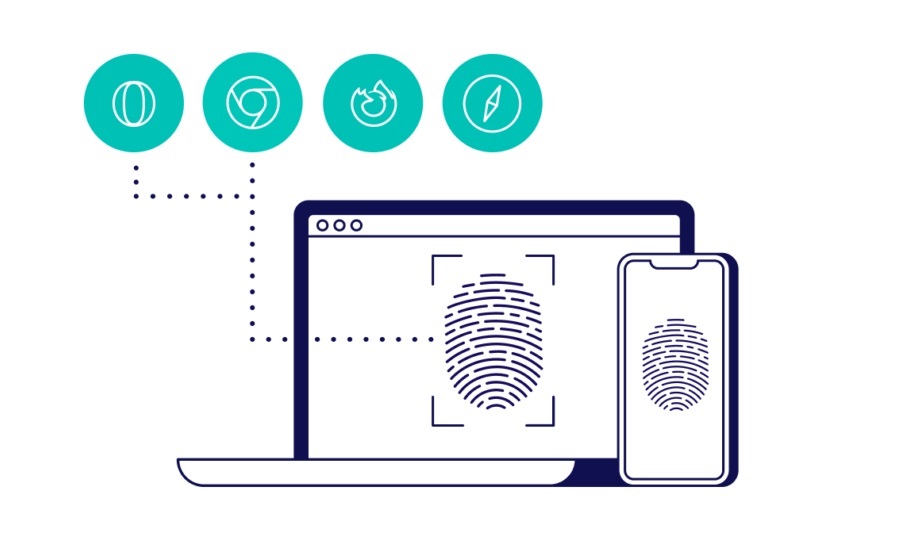
How Does Browser Fingerprinting Operate and What Is It?
Browser Fingerprinting: What Is It?
Device fingerprinting is the silent evaluation of each web browser’s distinct configuration when it connects to a web domain. Of course, the fingerprint under examination consists of more than just the web browser; it also includes the operating system, installed languages, plugins, and the time zone set inside the browser, among other things.
When combined, these characteristics provide a highly. if not unique identification that may be used to confirm the identity of a returning user and spot dubious settings linked to fraud. When visitors rely on emulators or spoofing tools, for example, browser fingerprinting may be able to identify this, which may raise red flags regarding their intents on your website.
The majority of browser fingerprints will prove to be distinct, and it is quite likely that two people sharing the same fingerprint are the same person using the same device. Because consumers are less likely to make fine-grained changes to their mobile browser settings, it is unlikely that numerous users connected via mobile would have the same browser fingerprint. As a result, in order to create a more trustworthy, comprehensive profile, device fingerprints should be combined with additional identifying information from the user.
Also see: browser fingerprinting test
OPERATIONS:
A small piece of JavaScript code that collects data that is a necessary component of the connection procedure makes browser fingerprinting easier. This data comprises information that is publicly given in order to establish a connection, such as user-agent strings and HTTP headers that provide information about the installed operating system and kind of browser. Installed browser plugins also make themselves apparent, even if they can be giving out additional user data points on their own. Additionally, data about screen settings, time zones, and languages may be pulled by JavaScript code. Collectively, these informational pieces create a comprehensive user profile known as their browser fingerprint.
By giving this fingerprint a hash, which essentially eliminates any personally identifiable information from the profile but leaves a unique identifier, it is rendered anonymous. Even if cookie caches are deleted, the generator remains unchanged as long as the user connects on the same device. Any changes that browser fingerprinting software finds frequently require a manual assessment to ensure that they are not the result of account takeover (ATO) and are simply the result of the same person connecting from a different device.
By examining browser fingerprint data points including user agent, operating system, and screen settings, browser hashing creates an ID. Even when using several browsers on the same machine, nothing changes. Since a cookie hash generates a new ID for every session, it is simple to verify that two or more users are identical. Device hashes are helpful for fraud detection systems since they provide distinct IDs based on hardware information. But since there are fewer distinct IDs, combining all three is preferable.



